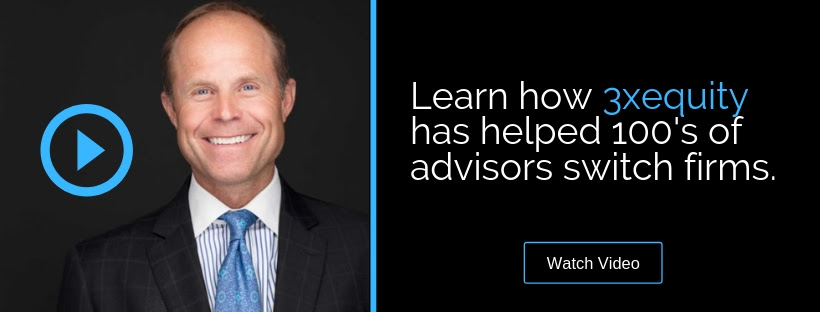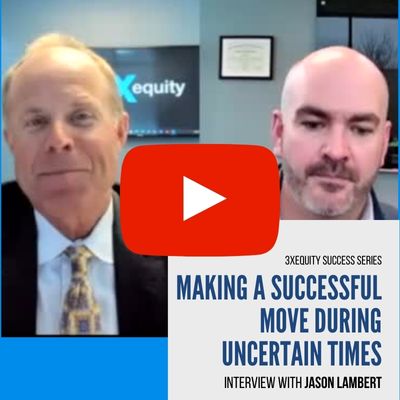Morgan Stanley just announced their 2025 comp plans (read more at AdvisorHub) and has once again raised the bar—this time, nudging smaller producers toward the exit with a smile. Starting in April, advisors with at least nine years under their belt will need to generate $360,000 in annual revenue, up from the current $300,000, to avoid a reduced 20% grid rate. For those keeping score at home, that means your average $300,000 producer, managing around $30 million in assets, now needs to find another $6 million in AUM just to hold the line.
Sure, it’s not impossible, but it’s a heck of a lot easier said than done—especially when the firm’s focus is clearly on bigger fish. Morgan Stanley’s strategy is pretty simple: put resources where the money is, meaning smaller practices are increasingly left to fend for themselves.
For many advisors in the $300,000 camp, this new reality isn’t just a push; it’s a shove. Some might buckle down and try to grow, but others are likely wondering what life might be like elsewhere.
There are quality firms hungry for advisors at all levels. The idea of a transition bonus from one of them, potentially along with a less expensive fee structure and better technology, might be too tempting to resist. After all, if the path to growth feels like an uphill battle, why not take the smoother road—and maybe get paid to do it?
It’s a classic “grow or go” situation, and advisors at the lower end of the production spectrum have some serious decisions to make. Will they scale up to meet Morgan Stanley’s latest demands, or is it time to pack up and find a broker-dealer that offers better incentives and more reasonable expectations? Either way, the message is clear: size matters, and $300,000 just doesn’t cut it anymore.
Curious about your options? Secure multiple offers right now, all while you remain 100% anonymous.




